Portrait Masters: Eight Artists Who Defined the Genre
The human face has something magnetic in it for other humans. It attracts our attention. The same is true when it comes to art.
From their golden frames, people from the past stare at us and remind us of how similar we are. The expressions and facial features are the same, regardless of costume or circumstance.
Egypt was the first place to find painted portraits dating from the 1st to the 3rd centuries AD. Although we do not know who the artists were, the names and stories behind many paintings are just as familiar as the pictures they created.
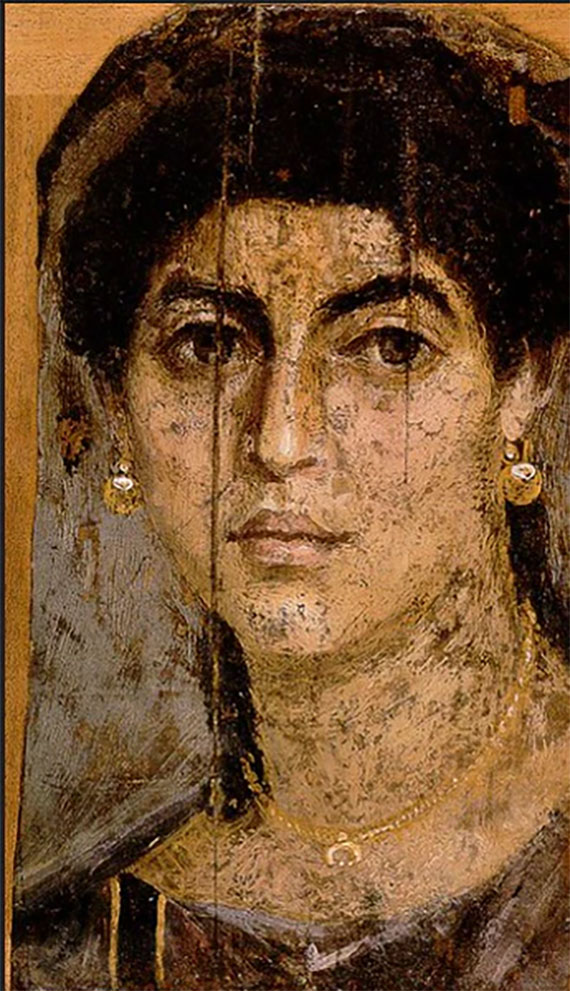
What is Portraiture?
Portrait art focuses on a specific individual and can be in the form of paintings, prints, photographs, sculptures, and drawings. They can reveal a lot about both the creator and the subject when filtered through the artist's personality.
This interplay of two personalities may contribute to their presence. Here is a list of eight famous artists who have captured the spirit of each age.
Now, let’s have a look at 8 most prominent portrait artists of their time.
Picasso (1881 - 1973)
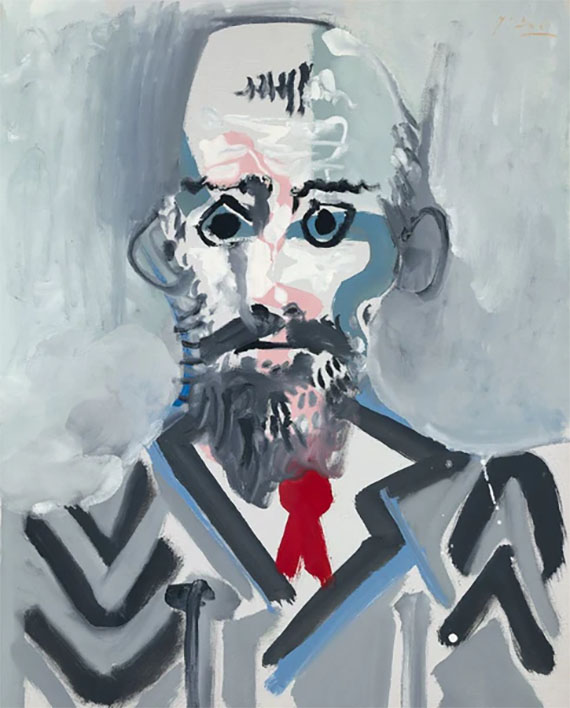
Pablo Picasso influenced modern art, unlike any other artist. This father of modernism broke down barriers that other artists never even questioned. Demoiselles d' Avignon, Guernica, and Ma Jolie sparked seismic waves that changed the course of history. Picasso, who was never one to stop exploring new things, continued painting portraits at the end of his career.
Picasso started a captivating portrait series of bearded men in 1965, eight years before he died. This example demonstrates his confident strokes and ability to create powerful pictures with the simplicity only a master can achieve.
Rembrandt (1606 - 1669)
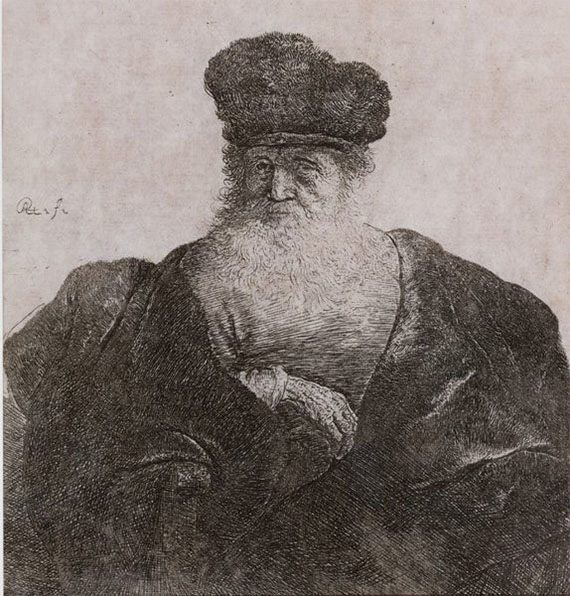
Rembrandt van Rijen painted portraits of wise elders more than 250 years before Picasso. Portrait art was a passion for the prolific Dutchman from an early age. This fascination continued throughout his life. This Baroque master is known for his lavish use of paint and his magnificent use of lighting. His sensitive and penetrating portraits celebrate the individuality and uniqueness of his subjects.
More than 40 of his penetrating portraits of himself are among the most iconic works in art history. Rembrandt is also regarded as the best printmaker of all time. His sensitive handling of values and his deft control of lines have created prints considered the pinnacle of art.
Van Gogh (1860 - 1890)

Vincent Van Gogh, a Post-Impressionism legend and one of art's most loved heroes, is an icon in art history. His vibrant, pulsating works of art have inspired many artists, including Picasso. His penetrating, incisive portraits are legendary. Van Gogh was deeply concerned for the poor, especially those working.
Van Gogh's desire to become a minister influenced his artistic career, and portraits of people from the working class are some of his best-known works. Van Gogh, who lived in an apartment that overlooked a carpenter’s yard, began to create works of paper such as the one above. These pieces celebrate the nobility of people other people often overlook.
Lempicka (1898 - 1980)
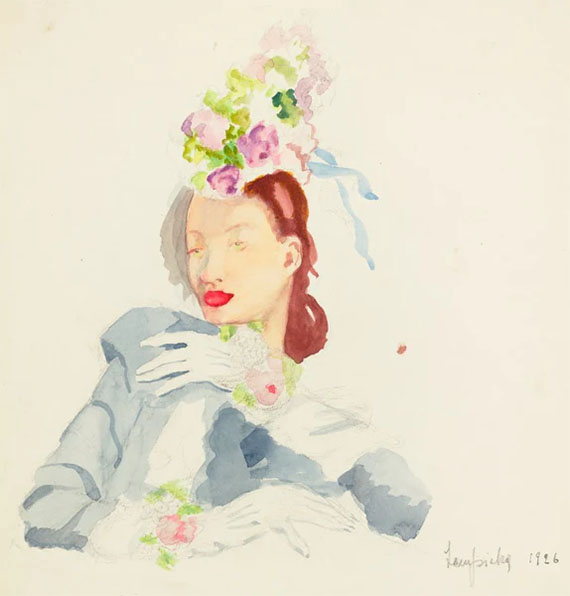

Van Gogh died thirty years ago, but the world changed drastically. Art Deco celebrated modernity, as did many of the great art movements of the 20th century. Tamara de Lempicka embodies the new aesthetic and the freedom women have in the modern era. Lempicka adopted a completely different approach from the female artists that preceded her.
Lempicka’s paintings are unabashedly powerful and reflect the exciting possibilities that emancipation offered women. Her classically-inspired neocubist portraits, influenced by both Picasso and Modernism, of the elite members of Parisian society made her a popular figure amongst those in the high-class community.
Her portraits are not only successful, but they also recall Ayn Rand's world and capture the energy and verve of the era.
Sargent (1856 - 1925)
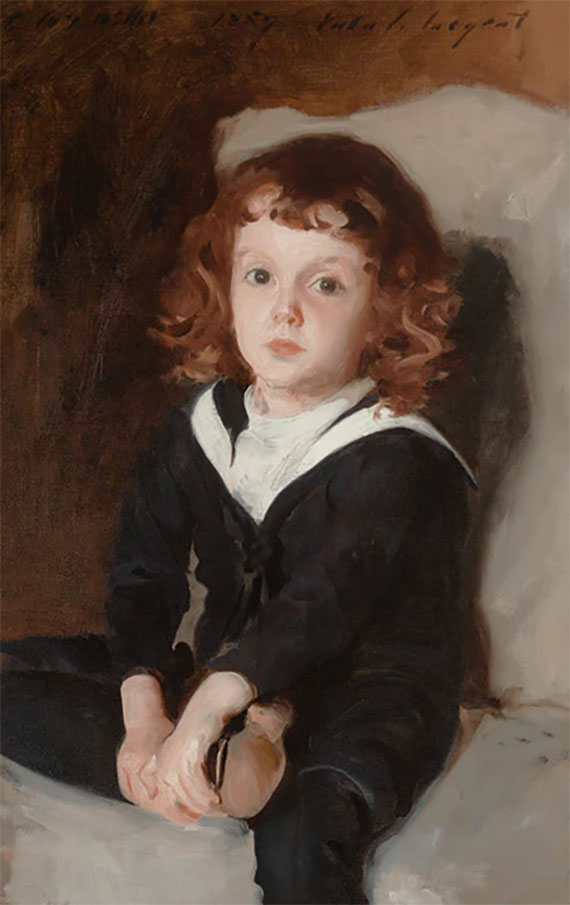
John Singer Sargent's fine art portraits evoke an era when high society people used calling cards and dressed up for the opera. His work is often considered to be the pinnacle in portraiture. Sargent was a master at capturing the subtleties of expressions that conveyed the personality of his sitters. His name is associated with light elegance.
In the beautiful portrait above, he shows off his bravado brushwork by capturing the restless energy and vigor of a young child. Sargent, along with his friend Giovanni Boldini, were part of a select group who were considered equals by Paris' fashionable society in the Belle Epoque.
Boldini (1842 - 1931)

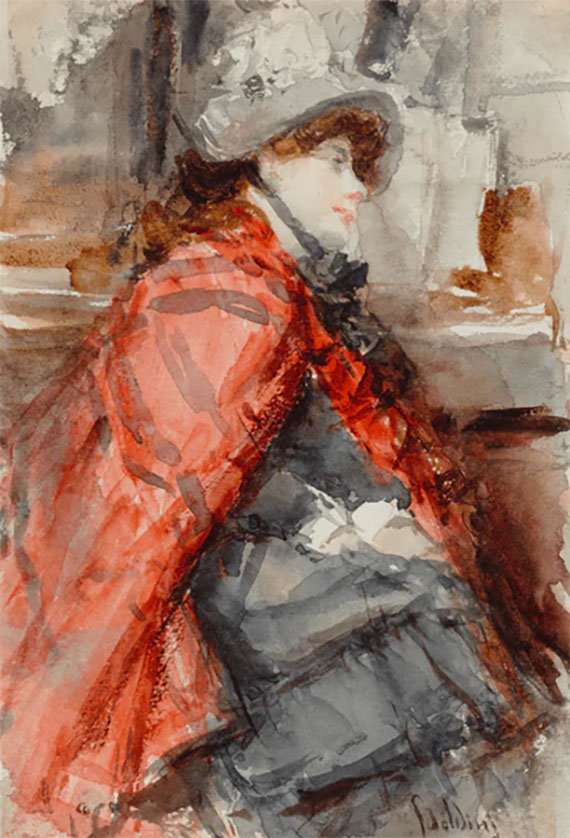
Giovanni Boldini, a friend of Sargent, shared a strong foundation in academic painting. This allowed them to confidently develop their own styles.
Boldini was known for his bold combination of grand portraiture and a modern emphasis on line and mark-making. Boldini's portraits were highly coveted, and to own one was a social achievement. Paris was awash with his portraits.
This one by Lucie Gerard is a good example. Boldini painted many portraits of the famous silent movie star and stage actress. Gerard's pastel portrait exemplifies Boldini's bold, modern style. His fashion-conscious clients loved it.
Tissot (1836 - 1892)
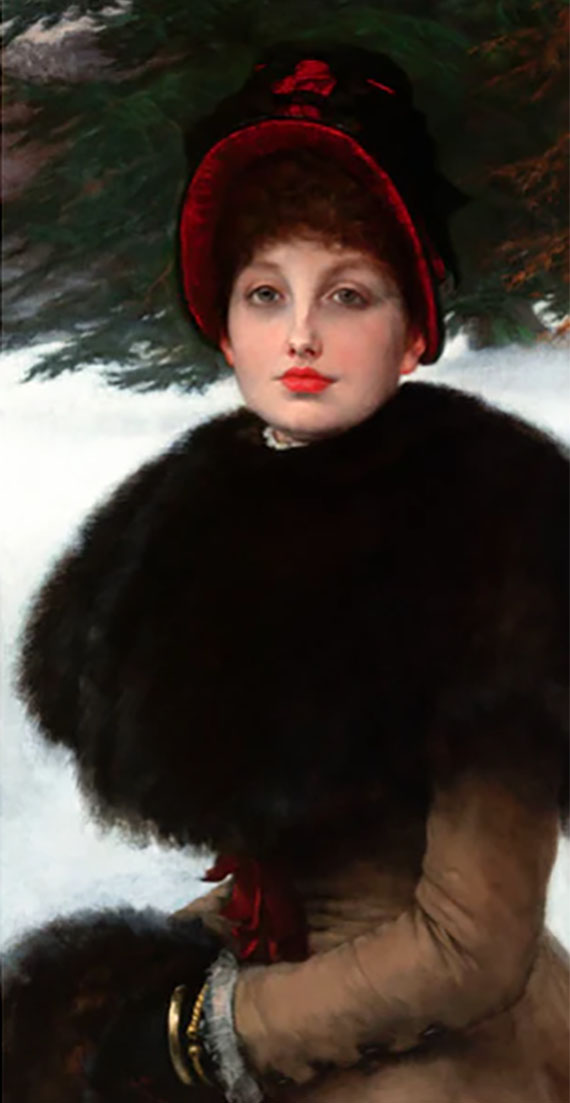
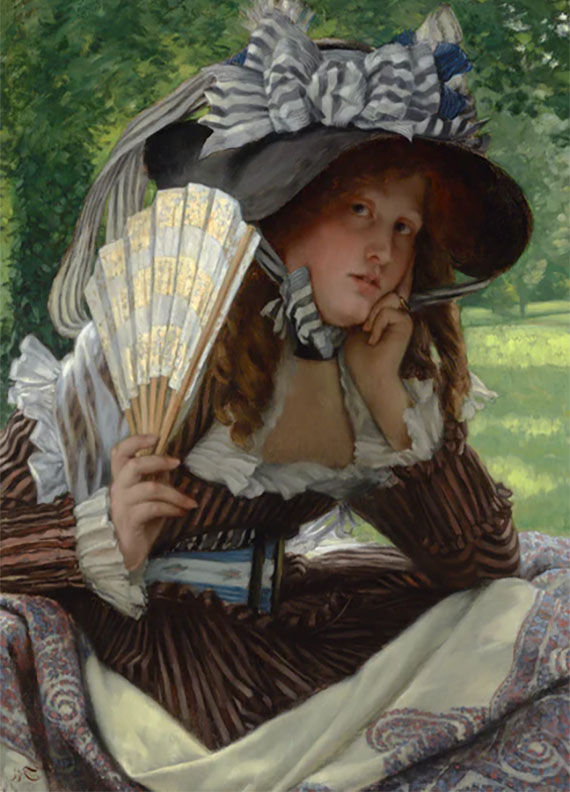
James Tissot, a highly skilled French painter, was more popular than Degas or Manet in his lifetime. He built a lavish studio to accommodate the beau monde that collected his works. Sargent called Tissot a "dealer with genius". Tissot, who had conquered the art world in Paris, moved to London and became just as famous.
Tissot met Kathleen Newton during this time, who would later become his muse. She is the subject for Promenade Dans La Neige. He returned to France after her tragic and early death. His ability to easily capture social nuance and detail is known till now.
Gilbert Studart (1755 - 1828)
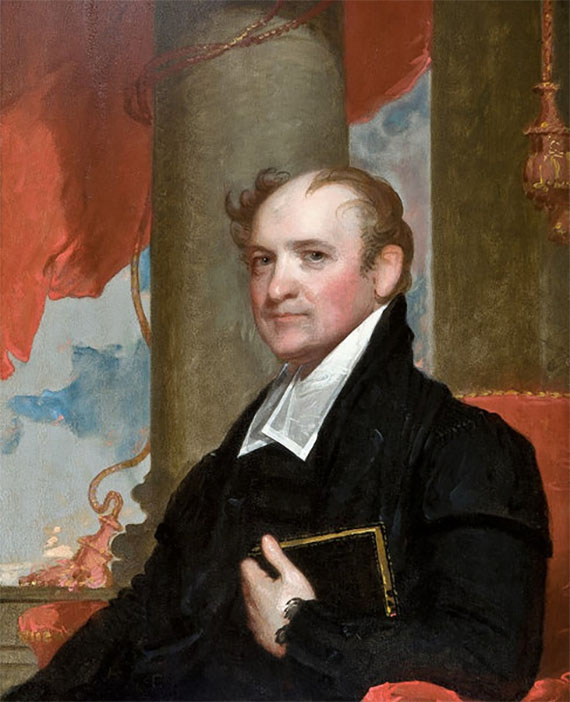

Gilbert Stuart is the American Dream. The 19-year-old arrived in London penniless, and he was hungry. Finally, he wrote to Benjamin West and told him about his situation. West accepted Stuart as a pupil, and just 5 years later, Gilbert Stuart exhibited at The Royal Academy a revolutionary portrait, establishing him as Europe's best artist.
The Skater refused the accepted Grand Manner style and attracted the attention of masters like Joshua Reynolds. A daring artist, Stuart began painting directly on canvas without any preliminary drawings. This was unheard of at the time. Stuart, despite his success in England and America, returned to England. He was known as the father of American portraiture.
Henry de Toulousce Lautrec (1864 - 1901)


Lautrec was a documentarian for his time, capturing the interiors of Montmartre during its heyday when it was the center of Parisian culture. Lautrec painted many scenes of the area's cafes, clubs, apartments, and even prostitutes. Femme de Maison was painted in 1894 and is part of a series that Lautrec completed between 1892 and 1896.
The sensual, intimate paintings of women chatting and relaxing in Parisian brothels retain an authentic quality. Lautrec applied paint with a loose brushstroke that accentuated the spontaneity of their subject.
Henri de Toulouse-Lautrec, a highly acclaimed Post-Impressionist painter, remains a favorite among collectors because of his colorful compositions, thoughtful eye, and discerning mind.
What is a Self-Portrait?
Self-portraiture can be any image that an artist creates of themselves. Artists often use the mirror as a model to practice techniques and hone skills. Many artists find it liberating not to have a patron they must please. In turn, the self-portrait became a milestone for artists in their development. The self-portraits they left behind were often the only way to see the artist behind the canvas.
A great portrait does more than just capture the likeness. The best portraits are filtered through the artist's hands and eyes to capture a sense of life and character beyond documentation. The work of portraiture artists connects us with our humanity and, ultimately, a timeless part of ourselves.
No Comments Yet...